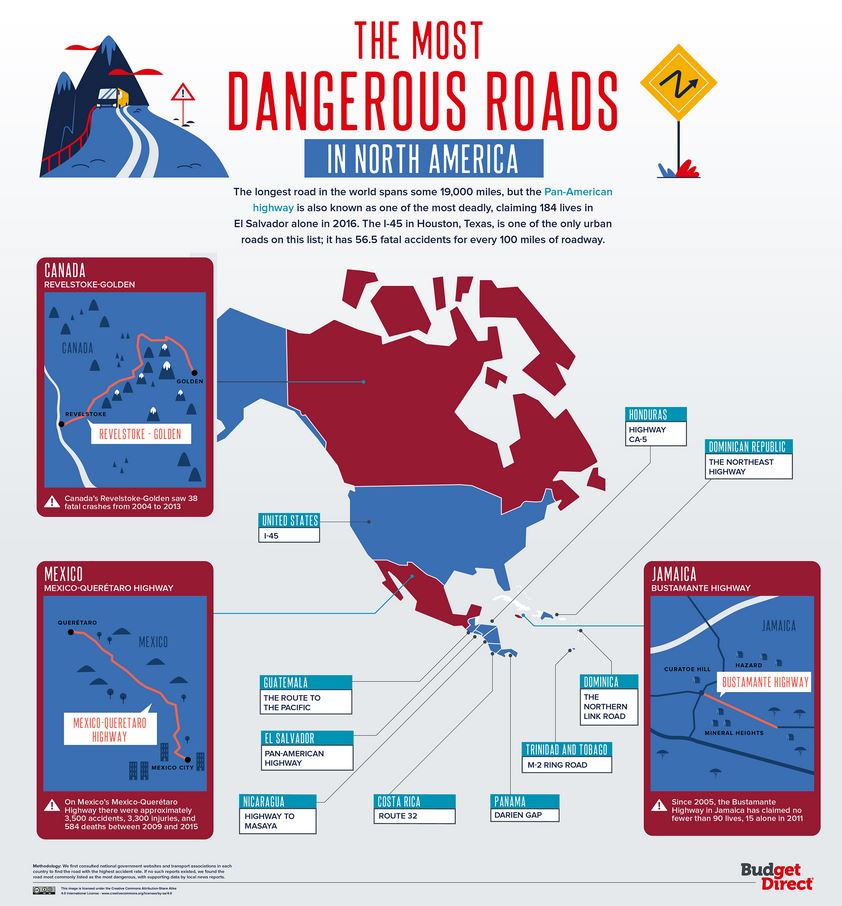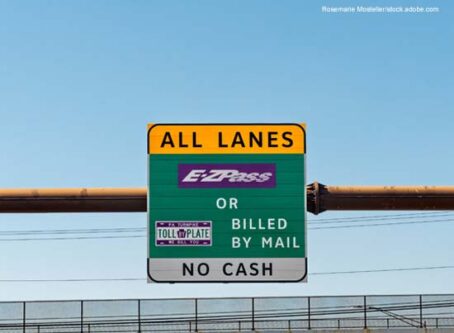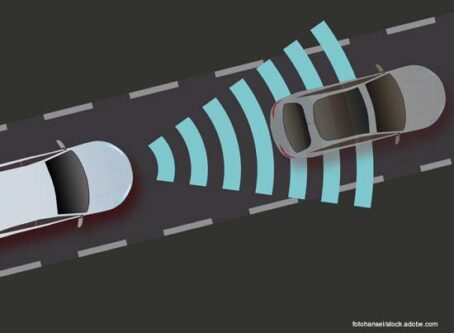I-45 most dangerous road; Philly has best road infrastructure
Two separate reports reveal where the most dangerous roads in the world are and which U.S. cities have the best road infrastructure, with I-45 and Philadelphia leading the pack, respectively.
I-45 named most dangerous U.S. roadway
Recently, insurance company Budget Direct issued a report listing the most deadly roads in every country. Interstate 45 in Texas is one of the only urban roads on the international list.
According to the report, I-45 from Galveston through Houston to Dallas is the deadliest road in the United States. For every 100 miles of roadway, there has been 56.5 fatalities on the interstate. Budget Direct attributes the danger to busy, urban stretches and driver complacency.

I-45 in Texas has been the center of controversy for the Texas Department of Transportation. In June, the Federal Highway Administration sent TxDOT a letter that puts the department on notice for moving forward with its North Houston Highway Improvement Project despite being told to stop. In March, FHWA told TxDOT to put the project on pause as it looks into civil rights and environmental issues expressed during the public comment period. The project will reconstruct, expand and widen I-45 from Beltway 8 to downtown Houston.
In Canada, the report finds the Revelstoke-Golden to be the deadliest road, with 38 fatal crashes from 2004 to 2013.
To the south, the Mexico-Queretaro Highway saw 3,500 crashes, more than 3,000 injuries and nearly 600 deaths from 2009 to 2015. For all of North America, Honduras’ Highway CA-5 is the deadliest with nearly 300 crashes and more than 30 fatalities in the first half of 2016 alone.
Overseas, Ireland’s N59 takes the top spot in Europe with more than 1,100 crashes reported from 2015 to 2017. In Africa, the B1 and B2 in Namibia saw nearly 800 crashes from 2013 to 2015. Bolivia’s Yungas Road in South America claims hundreds of lives each year. The road, appropriately known as “The Road of Death,” goes through the Cordillera Oriental mountains, with winding roads less than 10 feet wide with a drop of nearly 2,000 feet on one side. In the Middle East and Central Asia, Highway 90 in Israel has killed more than 200 people. For the rest of Asia and Oceania, China’s Guoliang Tunnel has seen 400 crashes and nearly 100 deaths since 1992.
To view the full list of deadly roads, click here.
Best road infrastructure is in Philadelphia
Specific to the United States, the U.S. Chamber of Commerce Foundation released a report that ranks U.S. cities by their road infrastructure.
Specifically, the report looks into where drivers may encounter fewer problems on the road. Among the 20 major U.S. metropolitan areas studied, Philadelphia sits on top of the list. An analysis of 71 road miles in the city had the best overall score, indicating well-maintained street surfaces. The report attributes the score to a high average revenue per capita value of $1,145.
Behind Philadelphia is Jacksonville, Fla., with its business district roadway network. An increasing population and 6% growth in tax revenue helps the city climb the rankings. The top 10 roadway infrastructures are:
- Philadelphia
- Jacksonville, Fla.
- New York City
- Denver
- Nashville, Tenn.
- San Francisco
- Chicago
- Charlotte, N.C.
- San Antonio
- Washington, D.C.
On the other side of things, Detroit and Phoenix tied for having the worst road infrastructure among the 20 cities in the report. With population growth a dismal 0.2% annually and average revenue per capita of $323, not a lot of money is pouring into Detroit for infrastructure. Phoenix has a moderate revenue growth rate of nearly 6% but an average revenue per capita value of $520.
Although Philadelphia is in relatively good shape, federal funding in the form of an infrastructure bill is still needed to keep it that way. According to the report, state and local governments spent nearly $200 billion on highways and roads in 2018. Of that spending, a quarter came from the federal government. LL









